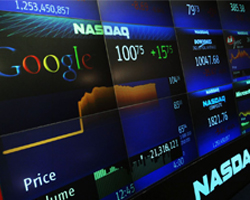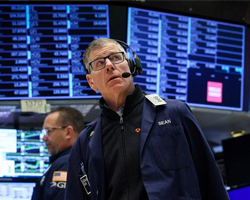S&P 500 Gains Amid Tesla Rally and Cautious Fed Remarks on Rate Cuts | Daily Market Analysis

Key events:
- Eurozone - ECB's Elderson Speaks
- UK - BoE Gov Bailey Speaks
- UK - BoE MPC Member Mann Speaks
- Eurozone - CPI (YoY) (Oct)
The S&P 500 closed higher on Monday, supported by a tech-driven rally and Tesla’s sharp gains, ahead of Nvidia’s (NASDAQ: NVDA) earnings release and remarks from multiple Federal Reserve officials.
The Dow Jones Industrial Average fell by 55 points, or 0.1%, while the S&P 500 rose 0.4%, and the NASDAQ Composite outperformed with a 0.6% gain.
These movements come after all three indices retreated last week, reversing from recent highs achieved in the wake of Donald Trump’s election victory. Federal Reserve Chair Jerome Powell’s comments dampened sentiment, as he warned that the central bank is not “in a hurry” to reduce interest rates further.
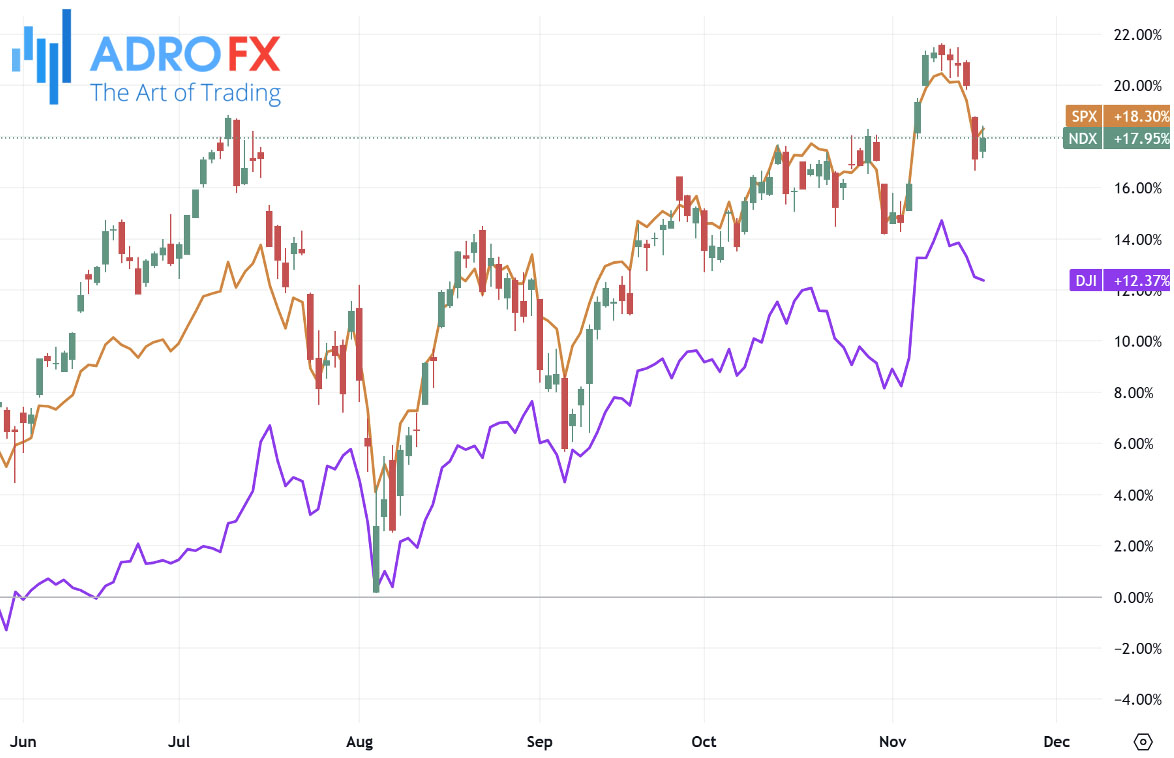
Tesla (NASDAQ: TSLA) was a standout performer, surging over 5%. The rally followed a Bloomberg report suggesting that the incoming administration will prioritize the development of a federal framework for self-driving vehicles, signaling a potential boost for the electric vehicle industry. Big tech also contributed to the market's upward momentum, with Apple Inc. (NASDAQ: AAPL) and Alphabet Inc. (NASDAQ: GOOGL) both climbing over 1%.

The USD/CHF currency pair climbed to 0.8835 during early European trading on Tuesday, buoyed by a stronger US Dollar. Switzerland’s October trade balance, due later in the day, is also on investors’ radar, alongside comments from Federal Reserve official Jeffrey Schmid.

The Greenback’s strength was supported by robust US economic data and growing speculation that proposed tariffs could contribute to inflationary pressures, leading the Fed to slow its pace of interest rate reductions. Federal Reserve Chair Jerome Powell underscored the economy’s resilience, highlighting solid job growth, robust economic performance, and inflation that remains above the central bank's 2% target. These factors, Powell noted, reduce the need for immediate rate cuts.
Market sentiment reflected Powell’s caution, with expectations for a 25 basis-point rate cut at the December Fed meeting falling to less than 59%, down from 62% the previous day, according to CME’s FedWatch tool.
While the US Dollar remains strong, heightened geopolitical risks are driving demand for safe-haven currencies like the Swiss Franc. The ongoing Russia-Ukraine conflict remains a focal point. CNN reported that the US has authorized Ukraine to use long-range missiles against Russia, marking a significant escalation in the war. Ukraine is expected to carry out these strikes in the coming days, prompting Russia to issue warnings of potential retaliation.
Additionally, escalating tensions in the Middle East continue to weigh on market sentiment. Such uncertainties could provide further support for safe-haven assets, including the Swiss Franc and gold.
The Australian Dollar remained steady against the US Dollar following the Reserve Bank of Australia’s release of its November meeting minutes. The minutes highlighted the RBA’s cautious stance on inflation, emphasizing that current monetary policy remains restrictive. RBA officials noted there was no “immediate need” to adjust the cash rate, though they left the door open for potential future changes, depending on inflation trends.

Hawkish remarks from RBA Governor Michele Bullock last week also bolstered the Australian Dollar. Bullock affirmed that the central bank would maintain its restrictive stance until there is greater confidence in inflation returning to target levels.
Meanwhile, China, a key trading partner for Australia, continues to signal optimism about its economic recovery. An official from the National Development and Reform Commission stated that China has ample policy tools to support growth and expects recovery momentum to persist through November and December. Given Australia’s close trade ties with China, these developments could have a significant impact on the Australian Dollar.
EUR/USD traded near 1.0600 during Tuesday’s Asian session, buoyed by a softer US Dollar. European Central Bank President Christine Lagarde’s recent comments shed light on Europe’s economic challenges. Lagarde stressed the need for resource consolidation in areas such as defense and climate initiatives, as Europe faces stagnating productivity growth.
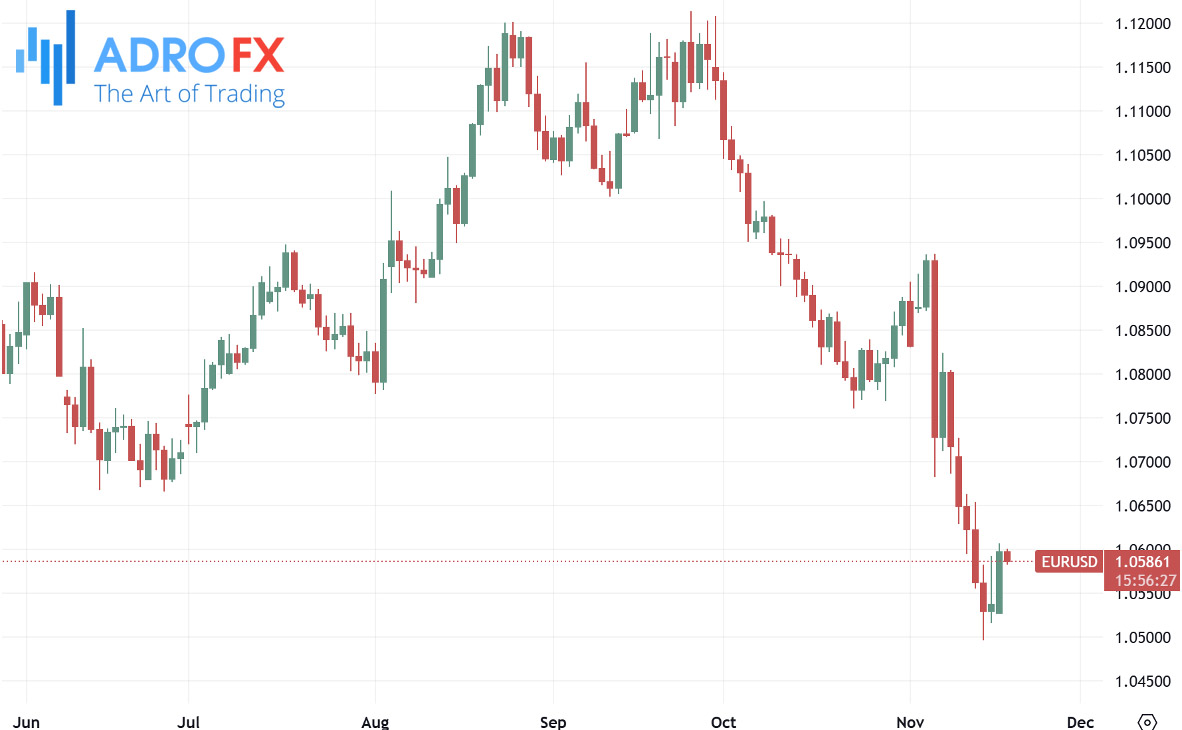
Lagarde also highlighted Europe’s lag in innovation compared to the US and China, pointing to the lack of a unified digital market and limited venture capital investment as barriers to progress.
The Japanese Yen trimmed some of its earlier gains against the US Dollar during the European session. Uncertainty over the Bank of Japan’s timeline for interest rate hikes weighed on the currency. However, speculation about potential Japanese government intervention in the forex market to stabilize the Yen helped limit its depreciation.
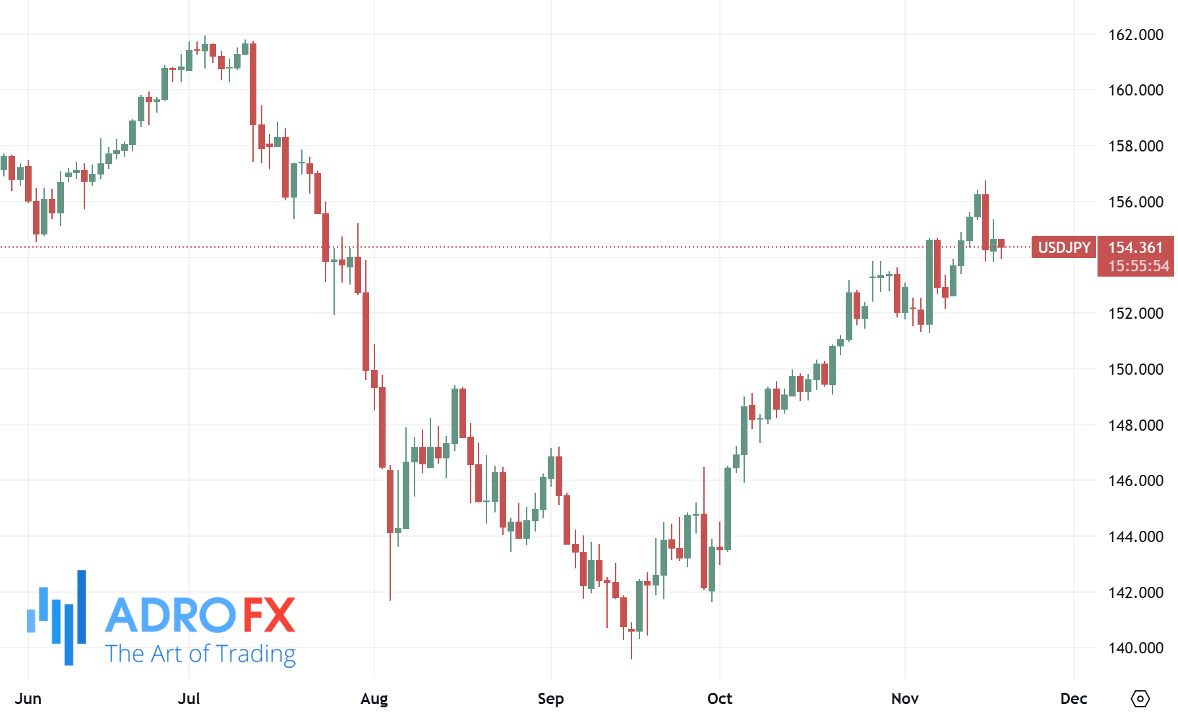
Additionally, geopolitical risks and subdued US Dollar price action could provide support for the Yen. Traders now await US housing market data for further clues on economic conditions. However, the mixed backdrop suggests caution for directional bets on USD/JPY.

